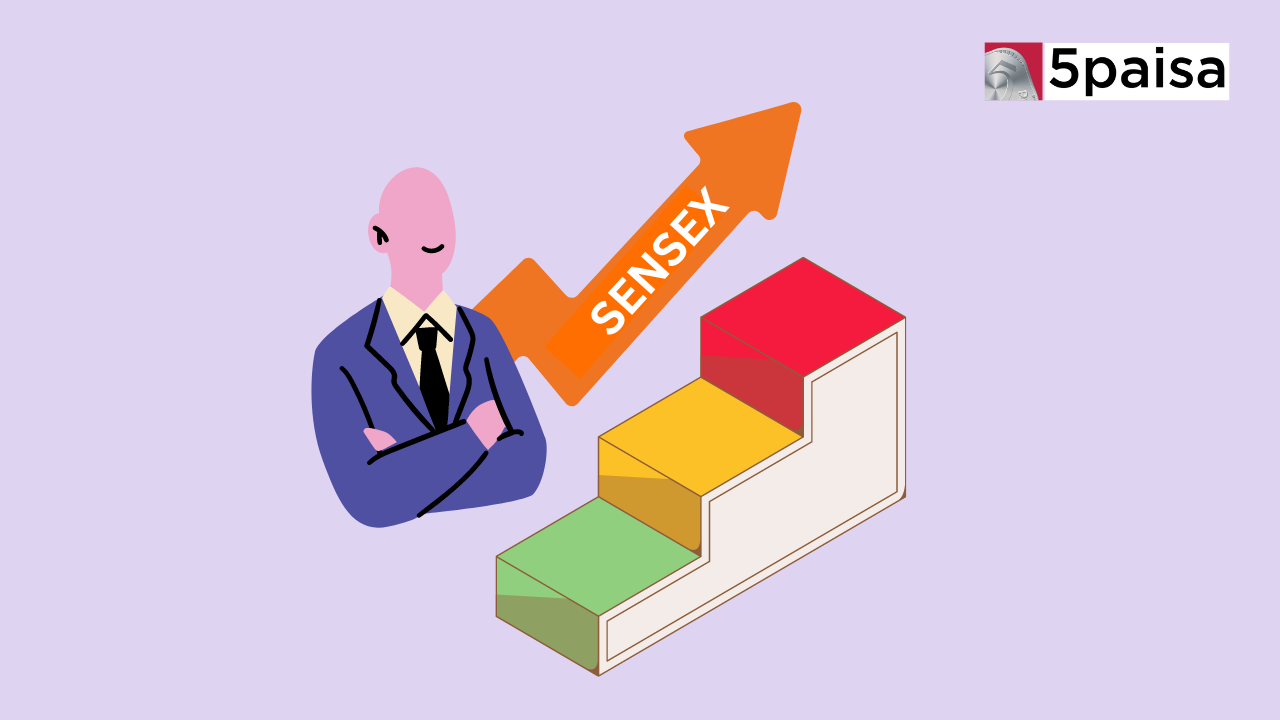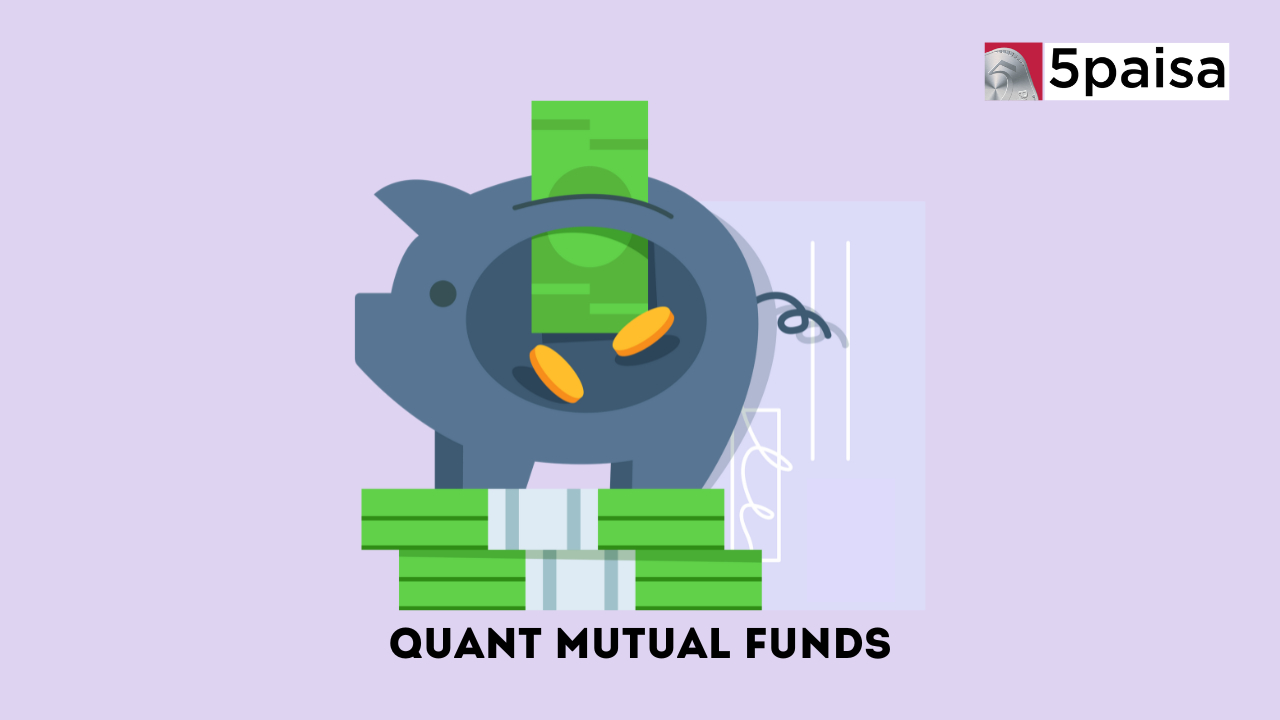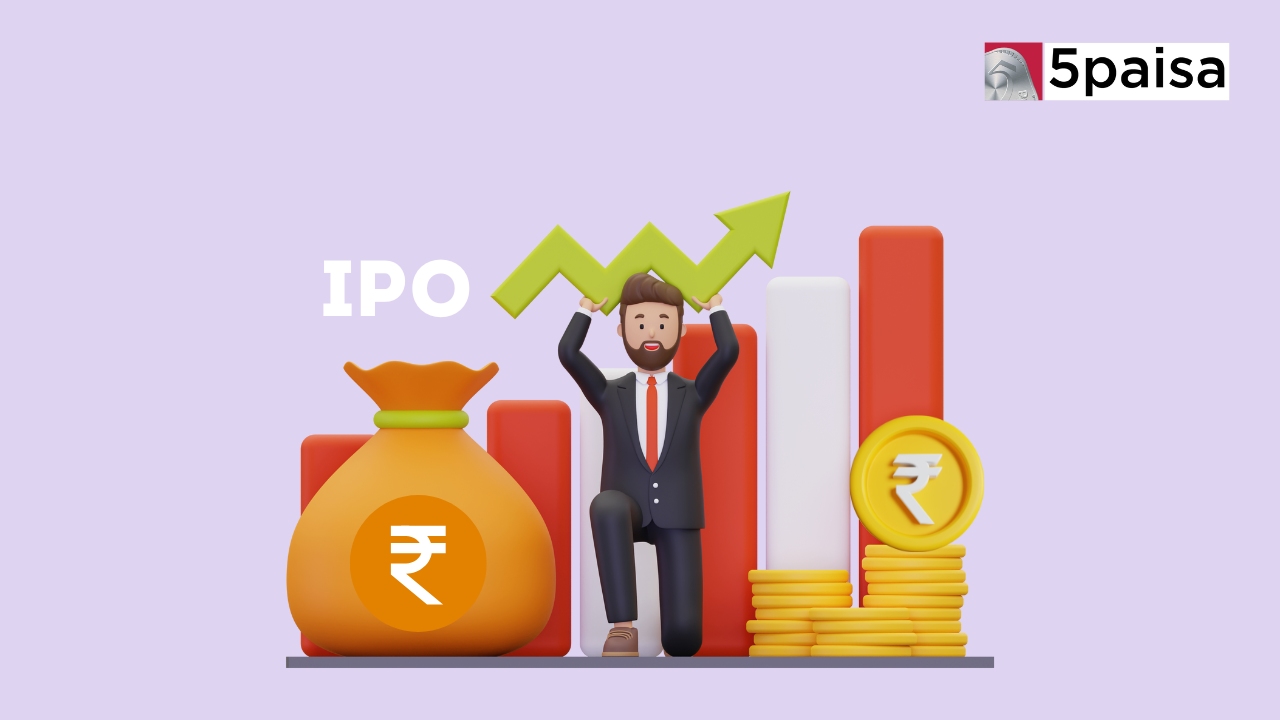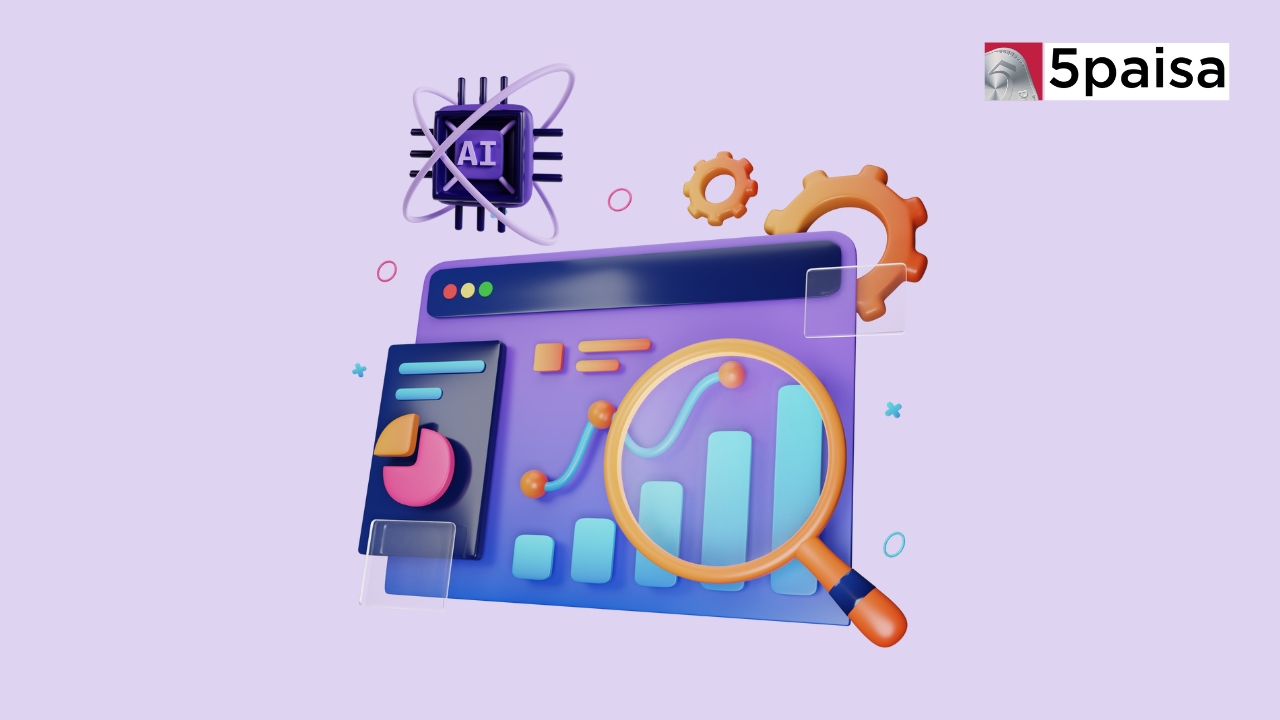List Of Maharatna Companies In India
What Does 6.01% Inflation Mean for RBI Policy
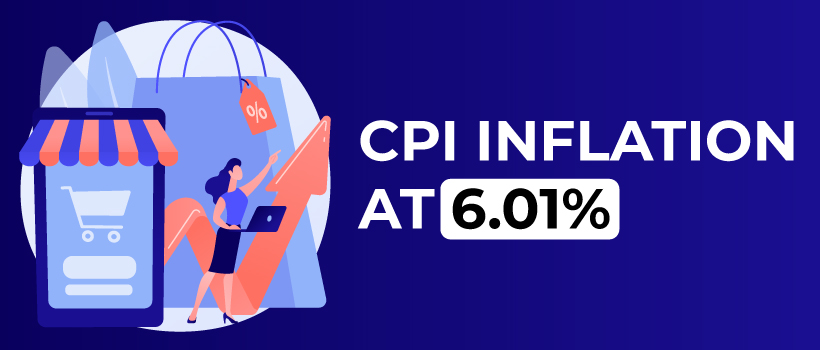
Last Updated: 8th August 2022 - 07:01 pm
When the US inflation for Jan-22 came in at a 40-year high of 7.5%, the inflation in India was expected to be close to the 6% mark. If Dec-21 CPI inflation at 5.59% was 58 bps higher than Nov-21; then Jan-22 CPI inflation spiked by another 42 bps to 6.01%. The inflation number for Jan-22 is above the RBI tolerance limit of 6%. To an extent, the low base effect of Jan-21 at 4.06% inflation also resulted in higher YoY inflation in Jan-22.
In Jan-22, CPI inflation was above the 6% mark after a gap of 7 months. However, what is more noteworthy is that this is the 28th month that retail inflation stayed above the RBI median target of 4%. Remember, the RBI median inflation target is 4% and the worst case range is 2% on the lower side and 6% on the upper side. Like in December 2021, the pressure on prices has once again come from food prices in the month of Jan-22 also.
India should be really worry about core inflation at 6.21%
Core inflation, by definition, is also called residual inflation. It excludes cyclical items of the inflation basket like food and fuel and therefore any inflation control plan must necessarily begin with controlling core inflation. That is because core inflation is a lot stickier compared to food and fuel, which are more cyclical in nature.
Core inflation for Jan-22 stood at a level of 6.21%, marking the fourth successive month when core inflation has been above 6%. Also, in seven out of the last twelve months, the core inflation has been above the 6% mark. The reason core inflation is so material is that it is triggered more by supply side constraints which take time to rectify.
Ironically, while oil is excluded from the definition of core inflation, the downstream impact of oil on other products ensures that oil indirectly impacts core inflation too. Look at the table below which captures month-wise data for food inflation and core inflation over the last 1 year.
|
Month |
Food Inflation (%) |
Core Inflation (%) |
|
Jan-21 |
1.96% |
5.65% |
|
Feb-21 |
3.87% |
5.89% |
|
Mar-21 |
4.94% |
6.00% |
|
Apr-21 |
1.96% |
5.38% |
|
May-21 |
5.01% |
6.40% |
|
Jun-21 |
5.15% |
6.11% |
|
Jul-21 |
3.96% |
5.93% |
|
Aug-21 |
3.11% |
5.77% |
|
Sep-21 |
0.68% |
5.76% |
|
Oct-21 |
0.85% |
6.06% |
|
Nov-21 |
1.87% |
6.08% |
|
Dec-21 |
4.05% |
6.02% |
|
Jan-22 |
5.43% |
6.21% |
Data Source: MOSPI / CEIC
Another important aspect of core inflation is that it has a direct bearing on government policy. For instance, the price of Brent Crude has rallied from $74/bbl to $96/bbl in the last 2 months. Despite the centre and the states cutting excise duties and VAT on oil, that has been largely neutralized by the rising crude prices. Now if the government cuts the levies further to ease oil price inflation in India, it has an impact on resource collections.
Check - Brent Crude Crosses $90/bbl
Policy impact is not just about crude oil. There are also specific instances like the cut in customs duty on palm oil, which is likely to ease the cooking oil inflation in India. Controlling core inflation is normally a trade-off between revenues and the larger goal of inflation control; which is what makes it complicated. That is what makes critical too.
Will 6.01% inflation induce RBI to hike rates?
It needs no reiteration that the Monetary Policy Committed (MPC) of the RBI fended off rate hikes in the Feb-22 policy. However, it may be a lot tougher to fend off rate hikes in April 2022. A lot will depend on what the US Fed does in March 2022. Here are some challenges.
1) Core inflation at 6.21% means government will have to urgently act to regulate supply chain issues. The flip side is that such measures impact revenue flows.
2) With 85% dependence on imported fuel, Brent crude at $96/bbl poses a real risk to inflation and also to the value of the Indian rupee.
3) A lot will predicate on the Mar-22 FED meet. If the FED guides for 175-200 bps rate hikes in calendar 2022, RBI may have no choice but to follow suit to protect flows.
India may be forgiven for 6.01% inflation, especially when even the US faces 7.5% inflation. However, the moral of the story is that rate hikes cannot be put off for too long by RBI.
Also Read:-
- Flat ₹20 Brokerage
- Next-gen Trading
- Advance Charting
- Actionable Ideas
Trending on 5paisa
Indian Stock Market Related Articles
Disclaimer: Investment in securities market are subject to market risks, read all the related documents carefully before investing. For detailed disclaimer please Click here.
 5paisa Research Team
5paisa Research Team
 Sachin Gupta
Sachin Gupta

